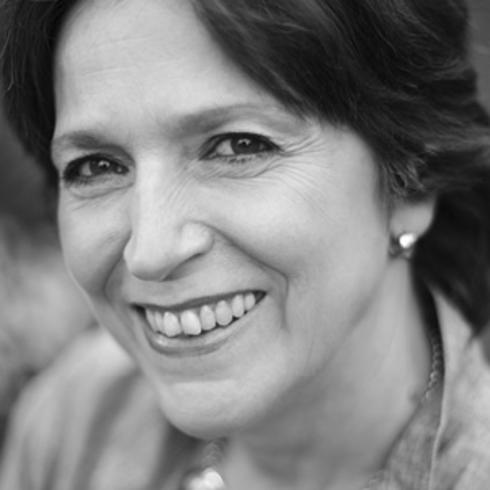(Lyon, 1950)
While pursuing studies of Art and Archaeology and Philosophy at the Sorbonne, Edith Canat Chizy successively obtained six top prizes from the Conservatoire National Superieur de Musique de Paris. She learns electro acoustic with -Guy Reibel at the consrevatory and at Groupe de Recherches Musicales. Student of Ivo Malec, in 1983 she has a decisive encounter with Maurice Ohana, to whom she will consecrate with Francis Porcile a monograph in 2005 by Editions Fayard.
In the work of this trained violinist, concert music occupies a special place: Moira, cello concerto, awarded in 1999 by the Prince Pierre of Monaco Competion and the following year, Exultet, violin concerto created in 1995 by Laurent Korcia, was nominated at the Victoires de la Musique, Les Rayons du Jour, viola concerto, which was created in February 2005 by Ana Bela Chaves and the Orchestre de Paris conducted by Christoph Eschenbach.
Among her notable works, mostly state-sponsored, Radio France, Orchestre de Paris, ensembles such as Musicatreize, Nederlands Kamerkoor, Sequenza 9.3, Accentus, TM + etc. ... it should be noted: Canciones for twelve mixed voices (1992), the scenic oratorio Le Tombeau de Gilles de Rais (1993) - Young Talent Award of the SACD music in 1998 - her two quartets Vivere (2000), Alive ( 2003), her latest piece for large orchestra Omen, created in October 2006 by the Orchestre National de France, and the music for the show of Blanca Li Corazon loco put on at the Theatre National de Chaillot in January 2007.
Many distinctions came to crown her work: Prix de la Tribune Internationale Compositeurs (for Yell, 1990), Prix Paul-Louis Weiller of the Academy of Fine Arts (1992), several awards from SACEM including the Grand Prix of Music Symphony in 2004. Named Chevalier des Arts et Lettres in 1994, the National Order of Merit in 2003, elected to the Academy of Fine Arts in 2005, Edith Canat Chizy is the first female composer to be received at the Institut de France.
She has been teaching composition at the CNR in Paris since 2007. In January 2008, Edith Canat of Chizy was named Chevalier of the Legion of Honor.
NOTICE
Besançon, "la Ville du temps", inspired the title of this piece for large orchestra, commissioned by the Festival of Besançon for the final International Competition for Young Conductors. From an obessive ostinato rhythm marking the beginning of the work, up untill the suspended time at the end, the score explores the various dimensions of time, using complex rhythmic overlays brought to the climax, breaks, suspensions, silences, etc ... The sometimes unbearable and relentless scansion of time, the size of the "hors-temps" thus creates an animated texture of miscellaneous current and changing dynamics, punctuated by sudden impacts. This reflection on time and relativity reveals its roots in my own universe where this questioning is continuously present.
Edith Canat of Chizy


